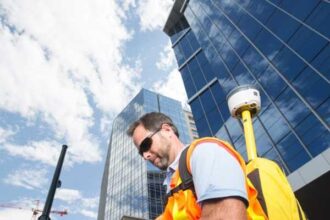
I was talking with a doctor on the train the other day who was complaining about the current state of medicine. It wasn’t a complaint about insurance fees – it was actually about evidence-based medicine. His complaint, ” Doctors today just run tests, and ignore the patient’s feedback. My father was a doctor too – and he always told me that the person who knew the patient the best was the patient. Today, we ignore what they say and just use the test results. It misses a lot.”
I didn’t engage him heavily, it was after all, a stranger on a train… but, what I was thinking was, ” Wow, that would be a terrible doctor that only relied on the evidence provided from a specific set of tests he/she ordered.” Would you keep going to a doctor that looked past your feedback and just used the results of a test?
This, to me, is one of the fundamental misunderstandings of any evidence-based decision. I don’t know if it’s more a fear by people who don’t use the data more than a reality of inexperienced practitioners, but proper consumption of evidence certainly merits discussion.
Good consumers of data are interested in both the digital and the analog – they know that you can’t see the whole picture through either one. Digital results can skew your opinion just as easily as analog ones.
When dealing with decisions regarding humans (medicine, marketing, talent management) – we ignore anecdotes at our peril. A friend of mine just told me an (unvalidated by me) story on a marketing campaign for an air freshener. They had loads of data about customer perceptions of the product, but it wasn’t until they followed around the product’s #1 fan for a day that they realized what the marketing hook was. They couldn’t see her son’s stinky socks in the data, and apparently, for this decision, that’s what they needed.
Any time we’re dealing with data about human behavior, I always find it helpful to stop for a moment and recognize that behind the numbers are people with feelings, with kids ( their socks), and certainly with their own free will.
That’s how you see the forest through the trees and make the right decision.






